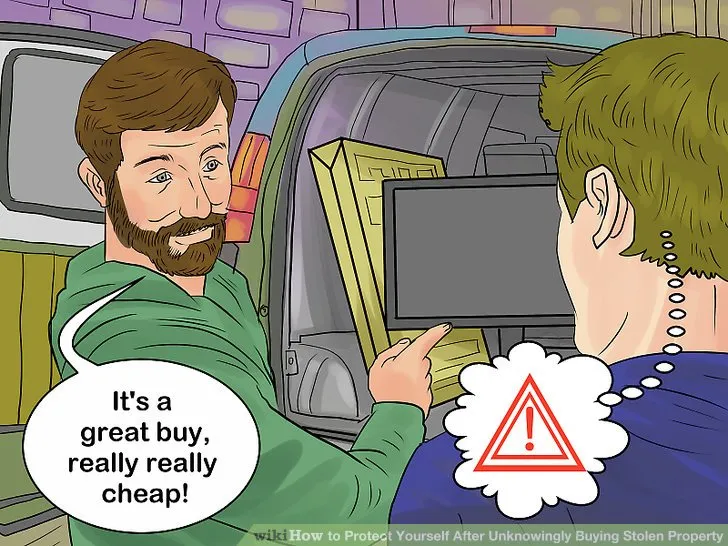
A community’s ability to self-govern can be judged by the safety of its members. When you can leave your doors unlocked and not worry about breaking and entering, then you know you live in a solid community. When you can leave your wallet unattended in a public place and not have it stolen, when you can leave your bike unlocked, then you know you have good governance.
In a world where every door is impenetrable, every wallet locked down, and every bike secured a community doesn’t know whether there is good governance or not. Without the freedom to “be bad” there is no ability to know whether people are choosing to “be good”. In such a community it is likely an unlocked bike will be stolen and unattended wallet pilfered.
When a community resorts to stronger and stronger locks it has a much bigger fundamental problem and no one is really safe. Such a community relies on the strength of its security technology against the strength of the bad guys. This is a never ending arms race and it creates a “blame the victim” mentality.
This is the attitude the cryptocurrency community has adopted whenever there is a hack. It is the victim's fault for not using multi-sig, for forgetting his password, for not having a hardware wallet, or for not auditing their smart contract. This is not a community that respects property rights, this is a community that has embraced hacker-might makes right.
A truly safe community respects property rights without requiring everyone to live in a prison of inconvenient security measures. Aggression is not attempted because the community recognizes the crime and cooperates to deny the attacker their profits and their place in the community.
Privacy Chains prevent Good Governance
Many blockchains are focusing on improving the ability for criminals to hide their profits by reducing the ability for the community to identify and remove a bad actor. If this approach were universally adopted the criminal element and organized crime would be much better off.
I am a firm believer in the right of people to use any technology they want so long as they don’t initiate force or fraud against others. The challenge every community faces is how complicit it chooses to be in supporting those who indirectly enable aggression.

For example, if you knowingly buy stolen property and benefit from the discount in price are you in some way complicit in the original act of aggression? If a community tolerates people who buy stolen property, doesn’t that community foster the increased profitability of organized theft? What about someone who is 2x or 3x removed from the original aggression? What about someone who buys something that only has a 50% chance of being stolen? What if a community profits from crypto-currency gains financed by demand from unbanked criminals?
By this same virtue, a community which facilitates the theft and laundering of stolen property is also facilitating and enabling acts of aggression. This is not a recipe for creating a free society that respects property rights. This is a recipe for creating a dog-eat-dog economy of hackers, thieves, and digital kidnappers.
Good Governance and Steem
Steem has excellent security on accounts, but very poor governance. The community reward pool is the preverbal wallet on the park bench. Those who are voting for themselves and hiding behind pseudo-anonymous accounts are thieves stealing from the community. Those censoring posts on EOS through use of down votes of posts that decline rewards are not held accountable to community standards of behavior.
With proper governance the Steem reward pool would not be pilfered for private gain. Achieving this requires much stronger transparency with identity verification and dispute resolution systems combined with incentive structures that disincentives self-voting (like n2 curve).
Freedom of Expression
Some people worry that absent anonymity, people would self-censor out of fear of community reprisal. There is a legitimate need for anonymous publishing, but it has no place in a community that is distributing financial rewards from the public purse. Steem is an exercise in massively decentralized community governance over community funds. Transparency and accountability is the only disinfectant that can prevent abuse.
There is no reward curve or solution to abuse of community funds until a proper dispute resolution system and identity system is put in place.
The Future of Crypto Governance
I will be moving toward transparent blockchains with strong identity, good governance, and a commitment to protect property rights while disempowering those who would launder profits from digital kidnapping. We must take responsibility and hold others accountable for indirect acts of aggression. Hiring someone else to steal for you (knowingly buying stolen goods) is just as bad as stealing yourself.
